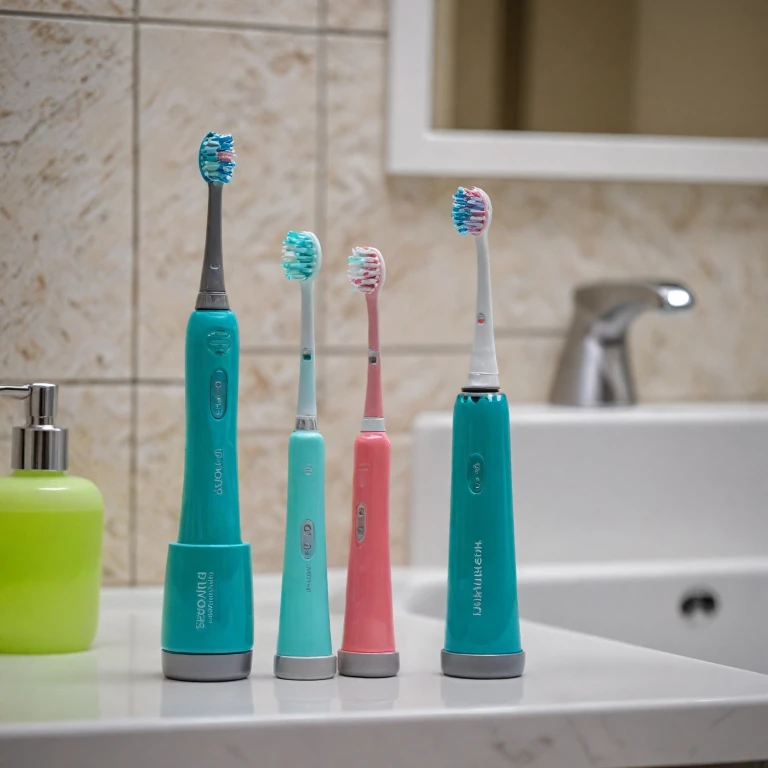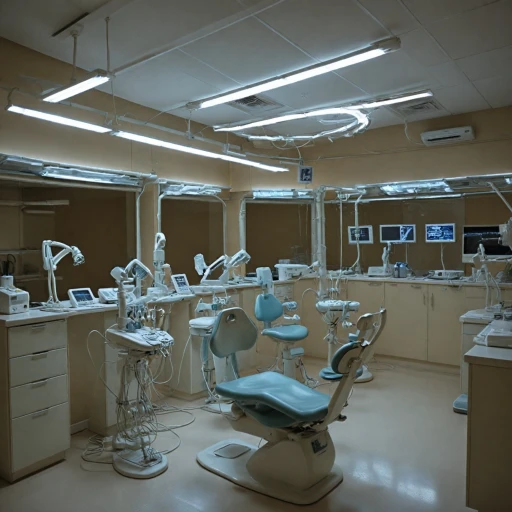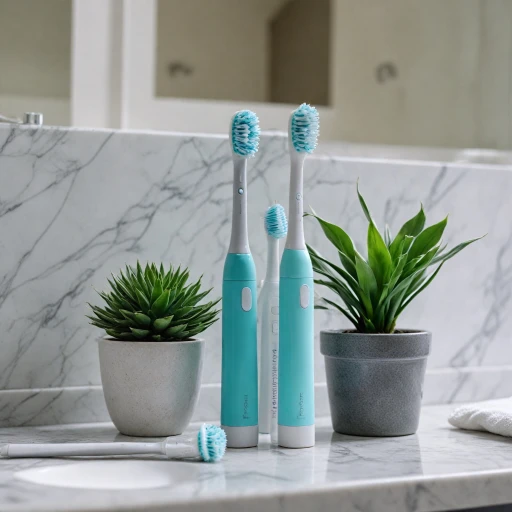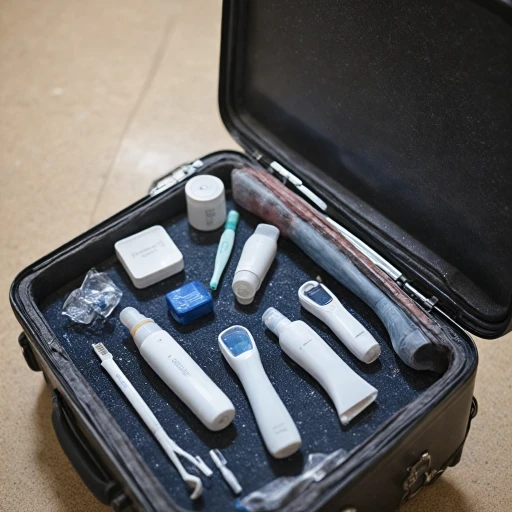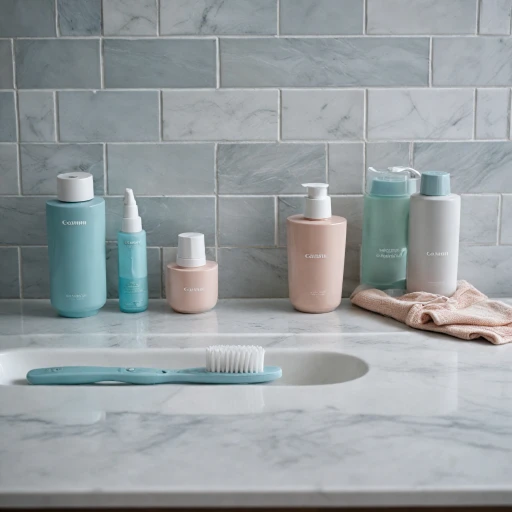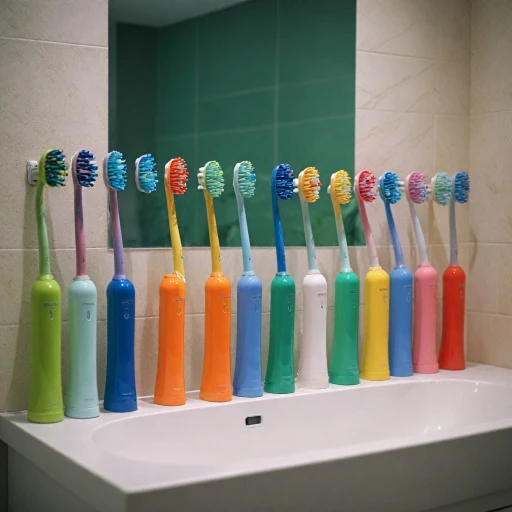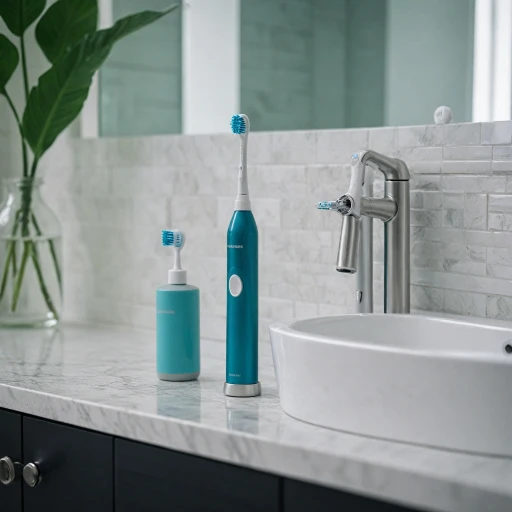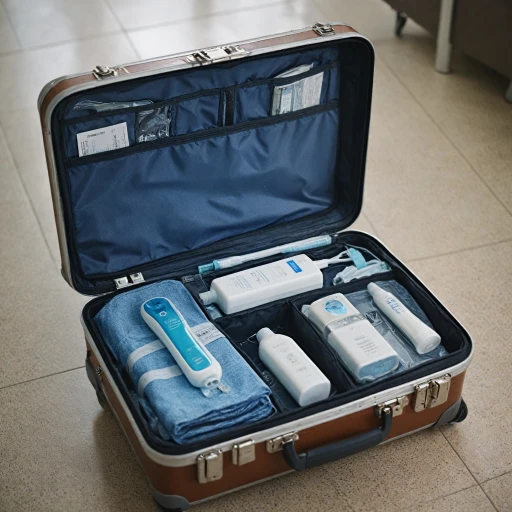Understanding the Needs of Braces Wearers
Identifying the Unique Challenges of Braces Wearers
For those with braces, maintaining oral hygiene can be a bit more challenging. The brackets and wires create additional nooks and crannies where food particles and plaque can easily accumulate. This makes the task of cleaning teeth effectively even more crucial. A regular manual toothbrush might not always do the trick, which is why many turn to electric toothbrushes for their enhanced cleaning capabilities.
The Importance of Gentle Yet Effective Cleaning
When it comes to cleaning around braces, the best toothbrush is one that offers a balance between thorough cleaning and gentle care. Soft bristles are essential to avoid damaging the brackets and wires. An electric toothbrush with a small brush head can navigate around the orthodontic hardware more easily, ensuring that every surface of the teeth is reached.
Adapting to the Needs of Braces
Electric toothbrushes designed for braces often come with specialized brush heads and modes that cater to the unique needs of orthodontic patients. These features help in effectively removing plaque without causing harm to the braces. As you consider your options, keep in mind that the right product should facilitate easy cleaning while being gentle on your dental hardware.
Exploring Further Solutions
In addition to selecting the right toothbrush, consider incorporating other tools like a water flosser to enhance your oral hygiene routine. These devices can help in reaching areas that are difficult to clean with a toothbrush alone. For more insights on choosing the right products for your needs, you might find this guide on selecting personal care tools helpful.
Key Features to Look for in an Electric Toothbrush
Essential Features for Braces Wearers
When selecting an electric toothbrush for braces, certain features are crucial to ensure effective cleaning around brackets and wires. These features not only aid in maintaining oral hygiene but also prevent potential damage to orthodontic appliances.
Brush Head Design
Look for a toothbrush with a small brush head. This allows for better maneuverability around the tight spaces of braces. A compact head can reach areas where food particles often get trapped, reducing the risk of plaque buildup.
Soft Bristles
Choosing a brush with soft bristles is essential. Soft bristles are gentle on gums and the delicate surfaces of teeth braces, ensuring a thorough clean without causing irritation or damage to the orthodontic hardware.
Orthodontic-Specific Features
Some electric toothbrushes come with orthodontic-specific brush heads designed to clean around brackets and wires effectively. These heads are tailored to navigate the unique challenges of braces cleaning, offering a more comprehensive clean.
Brushing Modes
Consider a toothbrush with multiple brushing modes. Modes like sensitive or gum care can be beneficial for those with tender gums due to braces. These settings provide a gentle yet effective cleaning experience.
Battery Life and Charging
A reliable battery life is important, especially for those who travel. A toothbrush with a long-lasting battery or convenient charging options ensures consistent use, which is vital for maintaining oral health.
Price and Value
While price is an important factor, consider the value the toothbrush offers. A higher price product might include advanced features that enhance cleaning efficiency and overall oral hygiene, making it a worthwhile investment.
For more insights on selecting the right grooming tools, you might find this guide on choosing the right ladies safety razor helpful.
Top Electric Toothbrush Models for Braces
Top Picks for Electric Toothbrushes with Braces
Finding the right electric toothbrush for braces can make a significant difference in maintaining optimal oral hygiene. With the unique challenges that braces present, such as cleaning around brackets and wires, selecting a toothbrush that effectively removes plaque and food particles is crucial. Here are some top models that cater to these needs:
- Sonicare ProtectiveClean 6100: This electric toothbrush is renowned for its sonic technology, which provides gentle yet powerful cleaning. The soft bristles and pressure sensor ensure that you don't damage your braces or irritate your gums.
- Oral-B Pro 5000 SmartSeries: Equipped with a round brush head, this toothbrush offers a 3D cleaning action that oscillates, rotates, and pulsates to break up and remove plaque. Its compatibility with a variety of brush heads makes it a versatile choice for those with braces.
- Waterpik Sonic-Fusion: Combining the power of a sonic toothbrush with a water flosser, this product provides a comprehensive cleaning solution. It's particularly effective for removing food particles trapped in hard-to-reach areas.
- Fairywill Sonic Electric Toothbrush: A budget-friendly option, this toothbrush offers multiple cleaning modes and a long-lasting battery life, making it a practical choice for daily use with braces.
When selecting the best toothbrush for braces, consider factors like the softness of the bristles, the size of the brush head, and the overall effectiveness in reaching small areas around orthodontic appliances. These features ensure thorough cleaning and help maintain excellent oral health during orthodontic treatment.
Proper Brushing Techniques with an Electric Toothbrush
Mastering the Art of Brushing with Braces
Brushing teeth with braces requires a bit more attention and technique than usual. The combination of brackets and wires creates numerous nooks and crannies where food particles and plaque can easily accumulate. To ensure optimal oral hygiene, here are some effective techniques for using an electric toothbrush with braces.
- Choose the Right Brush Head: Opt for a brush head specifically designed for orthodontic care. These typically have soft bristles and a small, compact head that can navigate around brackets and wires more effectively.
- Focus on Angles: Hold the toothbrush at a 45-degree angle to the gumline. This position helps the bristles reach under the brackets and wires, ensuring a more thorough cleaning.
- Gentle Pressure: Apply gentle pressure to avoid damaging the brackets or irritating the gums. Let the electric toothbrush do the work with its oscillating or sonic technology.
- Spend Time on Each Tooth: Pay attention to each tooth individually. Spend a few seconds on each tooth to ensure all surfaces are clean, especially around the brackets.
- Don’t Forget the Gumline: Gently clean along the gumline where plaque tends to build up. This helps in maintaining healthy gums, which is crucial for overall dental health.
- Use Additional Tools: Consider using a water flosser to remove food particles and debris from hard-to-reach areas. This can be a great addition to your brushing routine.
Remember, maintaining good oral hygiene with braces not only ensures a healthy smile but also prevents potential dental issues. Regular visits to your orthodontist and dentist can also help monitor your progress and address any concerns promptly.
The Role of Technology in Oral Hygiene
Technology Enhancements in Electric Toothbrushes
In the realm of oral hygiene, technology plays a pivotal role in enhancing the effectiveness of electric toothbrushes, particularly for those with braces. The integration of advanced features in these devices ensures a thorough cleaning, which is crucial for maintaining oral health when you have braces.
Smart Features and Connectivity
Modern electric toothbrushes often come equipped with smart features such as Bluetooth connectivity. These features allow users to connect their toothbrush to a smartphone app, offering real-time feedback on brushing habits. This is especially beneficial for braces wearers, as it helps ensure that no area is neglected, particularly around brackets and wires where plaque can easily accumulate.
Innovative Brush Head Design
The design of the brush head is another area where technology has made significant strides. Many electric toothbrushes now feature small, round brush heads that can maneuver around braces effectively. These heads often have soft bristles that are gentle on the gums while being tough on plaque. Some models even offer interchangeable brush heads, allowing users to choose the best option for their specific orthodontic needs.
Sonic and Oscillating Movements
Electric toothbrushes utilize different types of movements to enhance cleaning efficiency. Sonic toothbrushes, for instance, use high-frequency vibrations to drive fluid between the teeth and around braces, dislodging food particles and plaque. Oscillating toothbrushes, on the other hand, employ a rotating motion that can be particularly effective in cleaning around brackets and wires.
Pressure Sensors and Timers
To prevent damage to braces and ensure optimal brushing, many electric toothbrushes come with pressure sensors. These sensors alert users if they are brushing too hard, which can be damaging to both teeth and orthodontic appliances. Additionally, built-in timers help users brush for the recommended two minutes, ensuring a comprehensive clean every time.
By leveraging these technological advancements, electric toothbrushes provide a superior cleaning experience, making them an ideal choice for individuals with braces. These features not only enhance the cleaning process but also promote better oral health overall.
Maintaining Oral Health Beyond Brushing
Beyond the Brush: Holistic Oral Care
While an electric toothbrush is a powerful tool in maintaining oral health, especially for those with braces, it is not the only element in your dental care routine. To ensure comprehensive oral hygiene, consider integrating these practices:
- Flossing: Braces can make flossing a bit challenging, but it's crucial for removing food particles and plaque from between teeth and around brackets and wires. Consider using a water flosser, which can be more effective and easier to use with braces.
- Mouthwash: Using an antibacterial mouthwash can help reduce plaque and prevent gingivitis. Look for a product that is gentle yet effective, ideally one recommended by dental professionals.
- Regular Dental Check-ups: Regular visits to your orthodontist and dentist are vital. They can provide professional cleaning and check for any potential issues that might arise due to braces.
- Dietary Considerations: Avoid sticky, hard, or sugary foods that can damage braces and contribute to plaque build-up. A balanced diet supports overall oral health.
Incorporating these practices alongside the use of a suitable electric toothbrush will help in maintaining optimal oral health throughout your orthodontic treatment. Remember, the goal is not just clean teeth but a healthy mouth overall.
